May 24, 2025 | 17:55 GMT +7
May 24, 2025 | 17:55 GMT +7
Hotline: 0913.378.918
May 24, 2025 | 17:55 GMT +7
Hotline: 0913.378.918
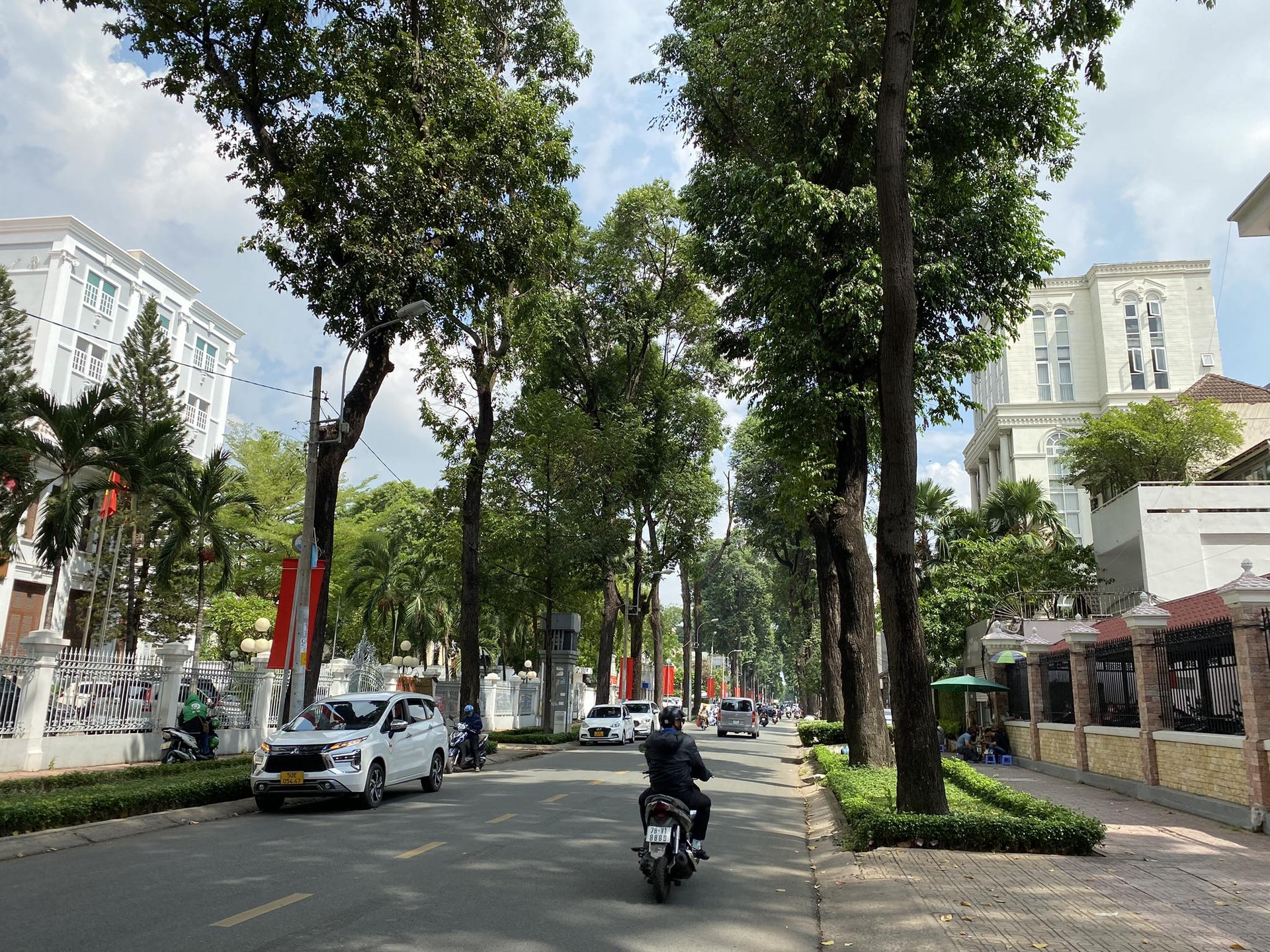
A road lined with trees in Ho Chi Minh City.
Due to an extremely low ratio of urban trees per capita compared to minimal international standards in Vietnam, green cities have rapidly become an urgent requirement. Accordingly, green cities aim to create a green landscape and improve the environment in a densely populated city. Both Hanoi and Ho Chi Minh City cannot be categorized as green cities in their current states.
According to the national plan until 2030, the density of planted trees in Hanoi will be raised to 10 square meters per person, which is equal to the minimum standard set by the United Nations. On the other hand, the density of planted trees in Ho Chi Minh City is currently at lower than 1 square meter per person.
Comparison with statistics from other countries around the world have shown that Vietnam needs to put more effort into developing green cities. The average density of planted trees in green cities around the world is 25 square meters per person. Most notably, many major cities have achieved a significantly higher density of planted trees including Singapore at 30 square meters per person, Seoul at 41 square meters per person, Moscow at 44 square meters per person, Warsaw at 45 square meters per person, and Berlin at 50 square meters per person.
Urban trees in Vietnam can be separated into three main categories: public use tree, limited use trees, and specialized trees in urban areas. Public use trees are considered to be the main group that includes green trees planted on the street and in the parks. This group of tree primarily consists of shade trees, ornamental trees, vines, naturally growing trees, lawns planted on sidewalks, median strip, traffic islands among many others.
The first Parks and Green Trees Association in Vietnam was officially established and put into operation on June 29, 2006. However, initiatives to support green urban development are still limited.
The Prime Minister has also issued a Decree on urban green tree management, which clearly defines ancient trees as: “Perennial woody plants planted or grown naturally, with a minimum age of 50 years or a minimum diameter of 50 centimeters at the height of 1.3 meters”.
According to data provided by the Vietnam Parks and Green Trees Association, there are currently over 1,000 ancient trees in Ho Chi Minh City. The rows of resin trees and golden oaks along the streets of Huyen Tran Cong Chua, Bui Thi Xuan, and Suong Nguyet Anh in District 1 are traces of the typical deciduous rainforest of Southeast Vietnam.
These tall, shaggy tree trunks depict Saigon - Ho Chi Minh City's early history when it was an overgrown jungle. The banyan tree in Bach Tung Diep park located at the intersection of Nam Ky Khoi Nghia - Ly Tu Trong is often hailed as the highlight of the ancient tree heritage of Ho Chi Minh city, with five trunks at over three hundred years old.
According to records by Mr. Truong Vinh Ky, an old scholar, this banyan tree was planted on the ground of a market called Cay Da Com, specializing in selling ink and pens to students from six provinces.
The Saigon Zoo And Botanical Garden as well as the Independence Palace is known for its many rare species such as the baobab and nacre trees originating from the African desert, the Red Lucky Seed, the sakae naa, the Spanish cherry, the Albizia myriophylla Benth. These trees are all valuable witnesses to the formation and development of Saigon - Ho Chi Minh City.
Ho Chi Minh City Parks and Green Tree Company reported that it is currently maintaining and preserving more than 124 hectares of green parks and 88,000 trees.
Global climate change poses a great challenge to many countries around the world. In addition to the prevention of deforestation, Vietnam aims to expand the green areas within its cities by focusing on forest protection and afforestation. According to scientists, a single tree can give 3 to 5 square meters of trees within the first two years. After five years, this tree area can increase to 15 too 18 square meters. After 10 years, the area can reach 25 to 30 square meters.
"We can anticipate a green economy in response to the trend of global integration only when we successfully developed a green city".
Translated by Nguyen Hai Long
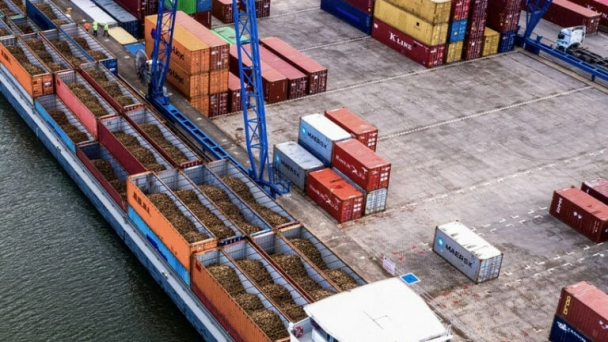
(VAN) The mutual export of agrifood products between the European Union (EU) and the United Kingdom (UK) must occur again without certification, border controls or other red tape. This was agreed at the UK-EU summit.
/2025/05/22/5121-2-173645_677.jpg)
(VAN) NBSAP Tracker identifies strengths and areas for improvement in the National Biodiversity Strategy, based on each region’s priorities and capacities.
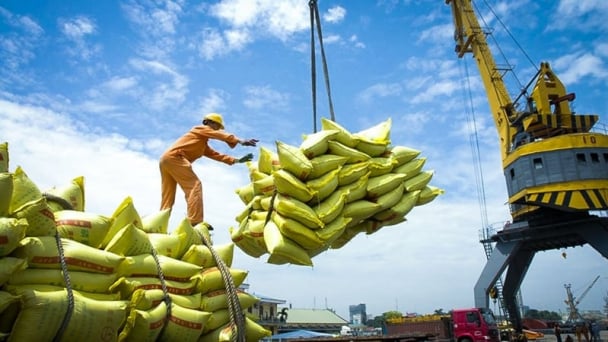
(VAN) The draft amendment to the Circular on rice export trading stipulates a periodic reporting regime for rice exporting enterprises.
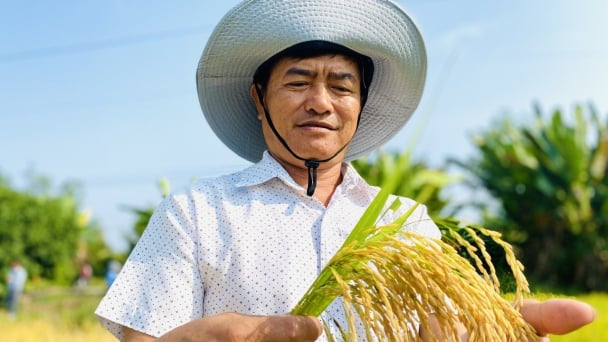
(VAN) Dong Thap farmers attained an average profit margin of 64% during the summer-autumn 2024 crop (first season), while An Giang and Kien Giang farmers followed with 56% and 54%, respectively.
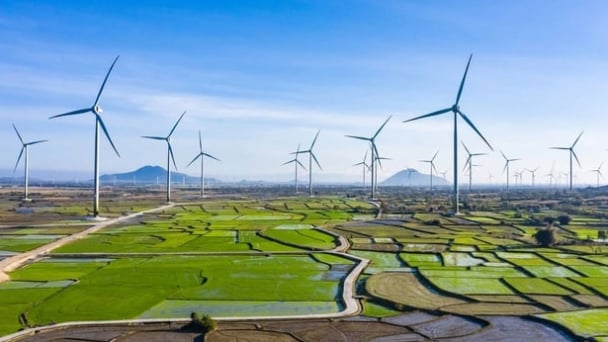
(VAN) As a doctoral student doing research on renewable energy and electrification at Harvard University, the author shares his musings on electricity, nature, and countryside memories.

(VAN) The decree on Extended Producer Responsibility (EPR) ensures transparent management and disbursement of support funds, avoiding the creation of a “give-and-take” mechanism.
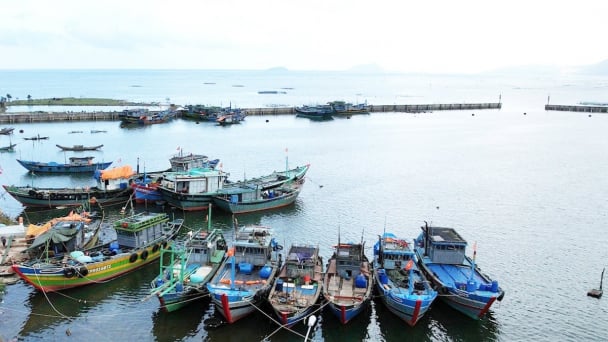
(VAN) Hue City rigorously enforces regulations regarding marine fishing and resource exploitation, with a particular emphasis on the monitoring of fishing vessels to prevent illegal, unreported, and unregulated (IUU) fishing.